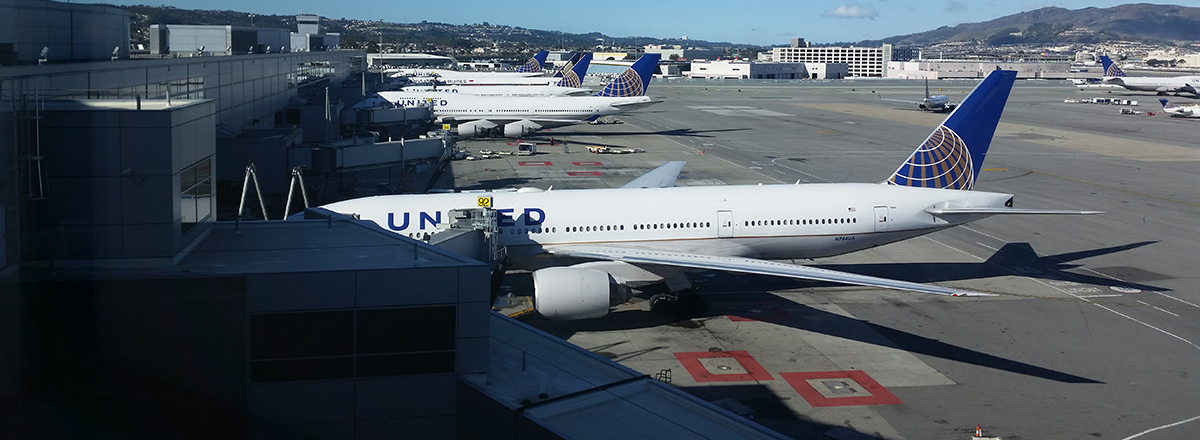Many travelers fly around the world annually, making the industry a big one. The aviation world has a lot of captivating secrets, many of which you may not know. While many passengers know the basics of flight, surprising details may elude even the most frequent flyers. If you are enthusiastic about aircraft and flying, this post will help you discover some interesting airplane facts and reveal the mysteries of flight.
Black boxes are not necessarily black
An airplane’s flight data recorder (FDR) is popularly known as a black box; However, it is not actually black. Most black boxes come coated with a vibrant orange color. Manufacturers apply this heat-proof paint with its conspicuous orange hue to the exterior surfaces of flight data recorders to enhance visibility during search operations following an accident. When recovered from a crash site, an FDR can provide the primary source of information for investigators to determine the possible causes of an accident. This critical aircraft component has undergone significant advancements throughout history, so it never ceases to amaze many aviation lovers.
The toilet is not the most unhygienic place on a plane
Contrary to what you think, the toilet is not the dirtiest part of an aircraft, but the tray tables where you eat your dishes. One research by TravlMath found that tray tables contained over 2000 colony-forming bacterial units (CFU) per square inch. Compared to this, the flushing toilet button had 265 CFU in the same place. This shows that the toilet may not be the most unhealthy area in an airplane.
Ground power units are crucial for maintenance
An aircraft ground power unit (GPU) is an essential ground support equipment that provides electrical energy to the aircraft when the engines or APU are shut down. Most airlines use ground power units in their hangars to provide reliable power for maintenance, as well as engine starting. There is a wide variety of portable models to help engines start on 12v/14V and 28VDC aircraft.
The most dangerous phases of flight are the take-off and landing
In terms of transportation safety options, flying remains the safest means compared to road trips. That said, based on one Boeing research, most fatal crashes happen during the take-off and initial climbing stages, and this comprises the first three minutes of a flight. Likewise, the descent and landing phases, which account for eight minutes of the flight, pose greater risks, with 48% of fatal crashes occurring.
You reach about 7% of the distance to space when flying
Cruising at high altitude may feel remarkable, but remember that you are not that close to space. During flight, you hover around a mere 7% of the distance to the outermost reaches of space. While some airplanes can reach altitudes greater than the average of 30,000 ft, most pilots refrain from doing so because of passenger and crew well-being. The cruising altitude of all commercial aviation is roughly 90 km below the Karman line, the boundary between the Earth’s atmosphere and space.


